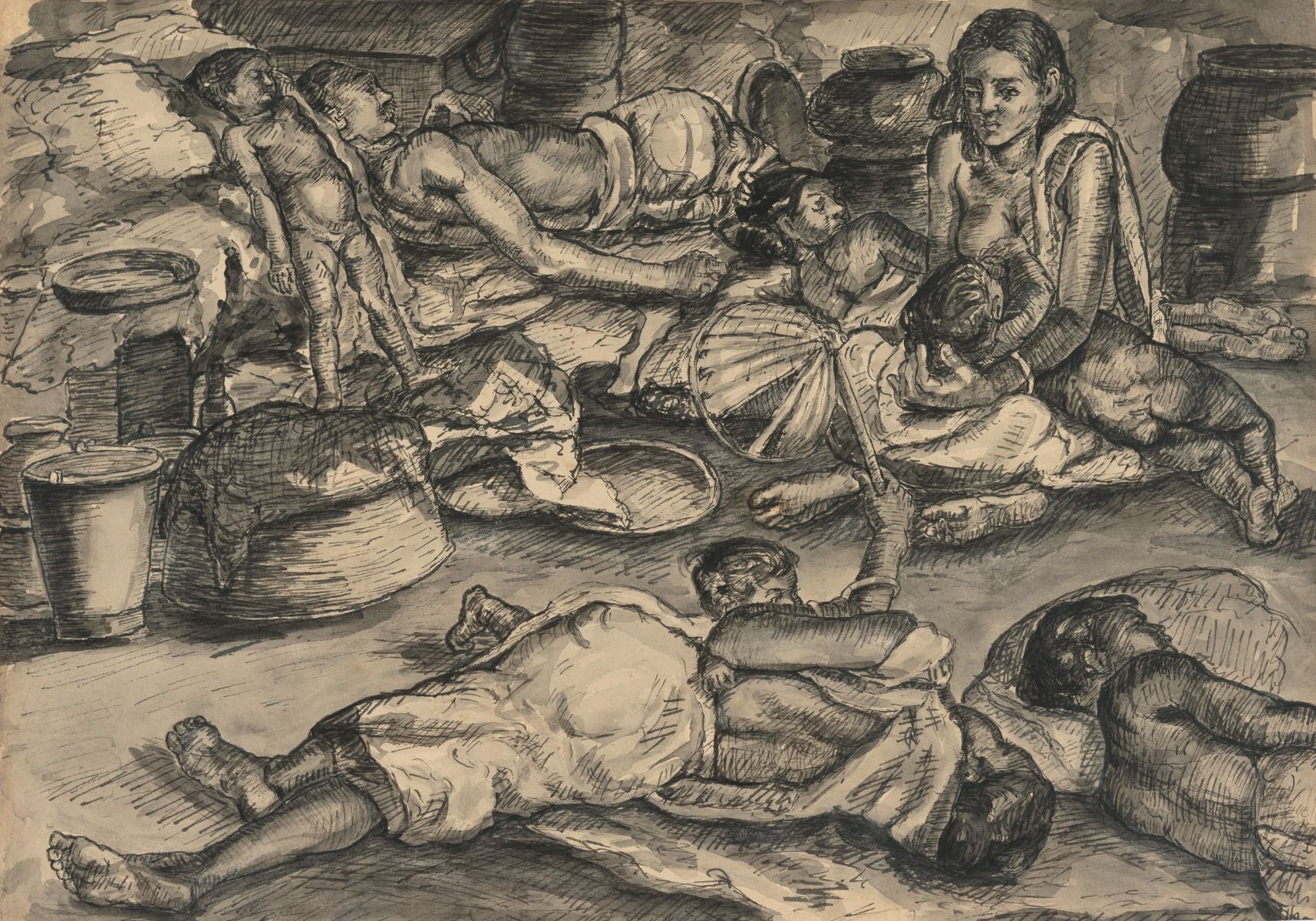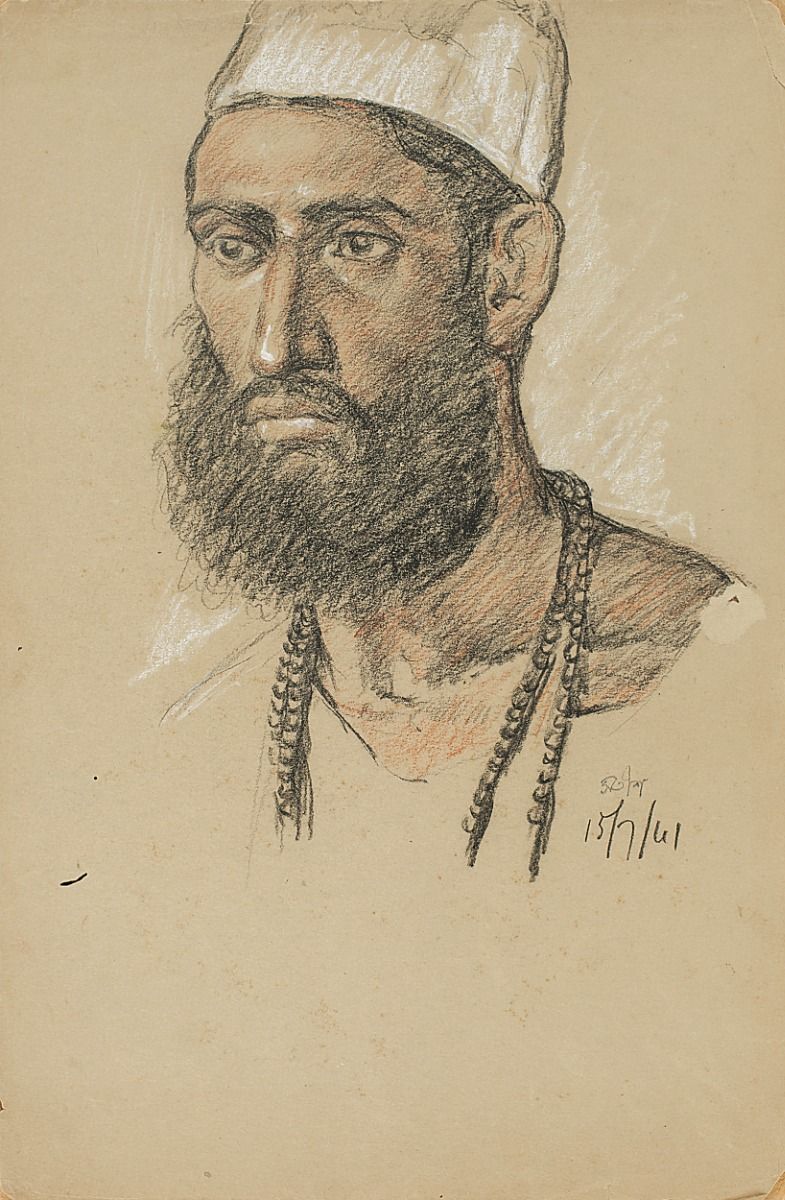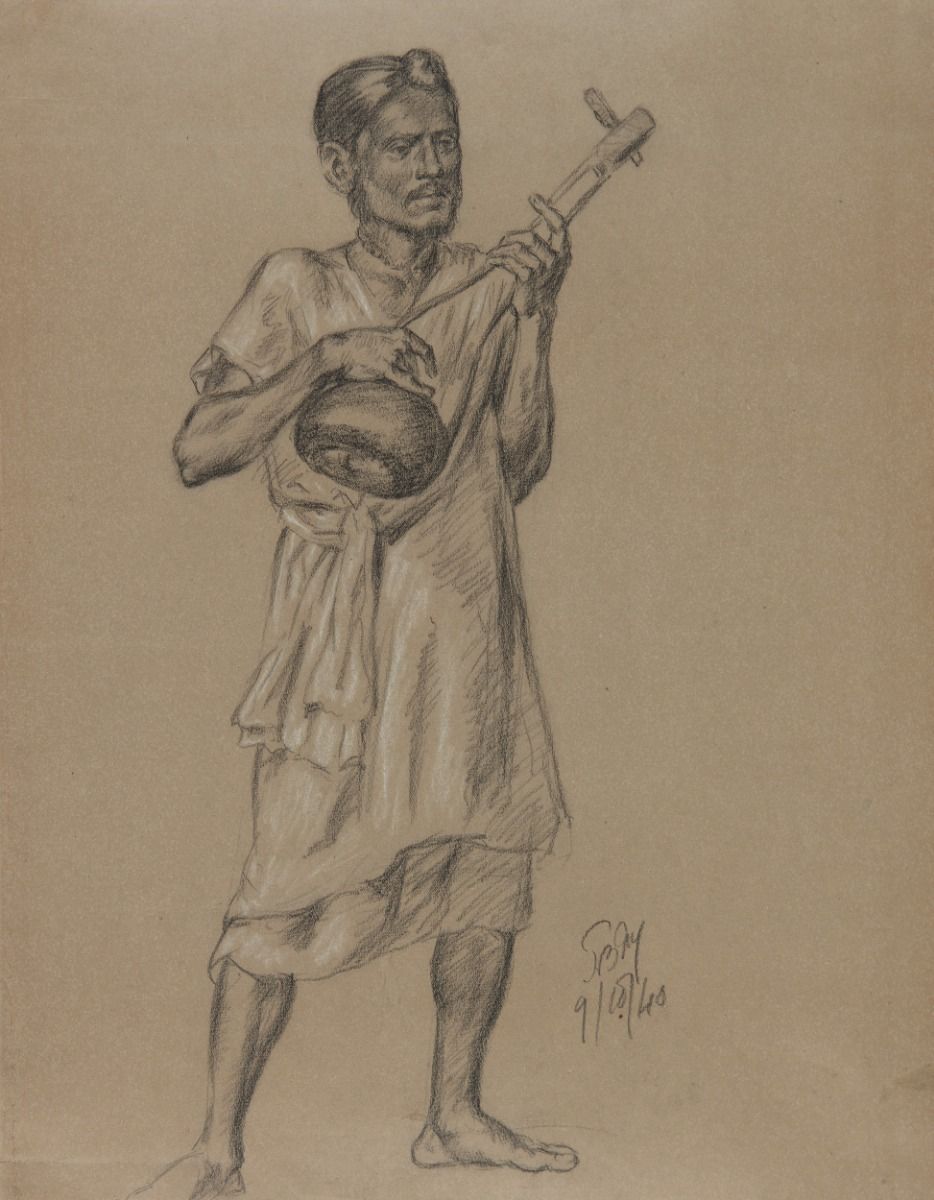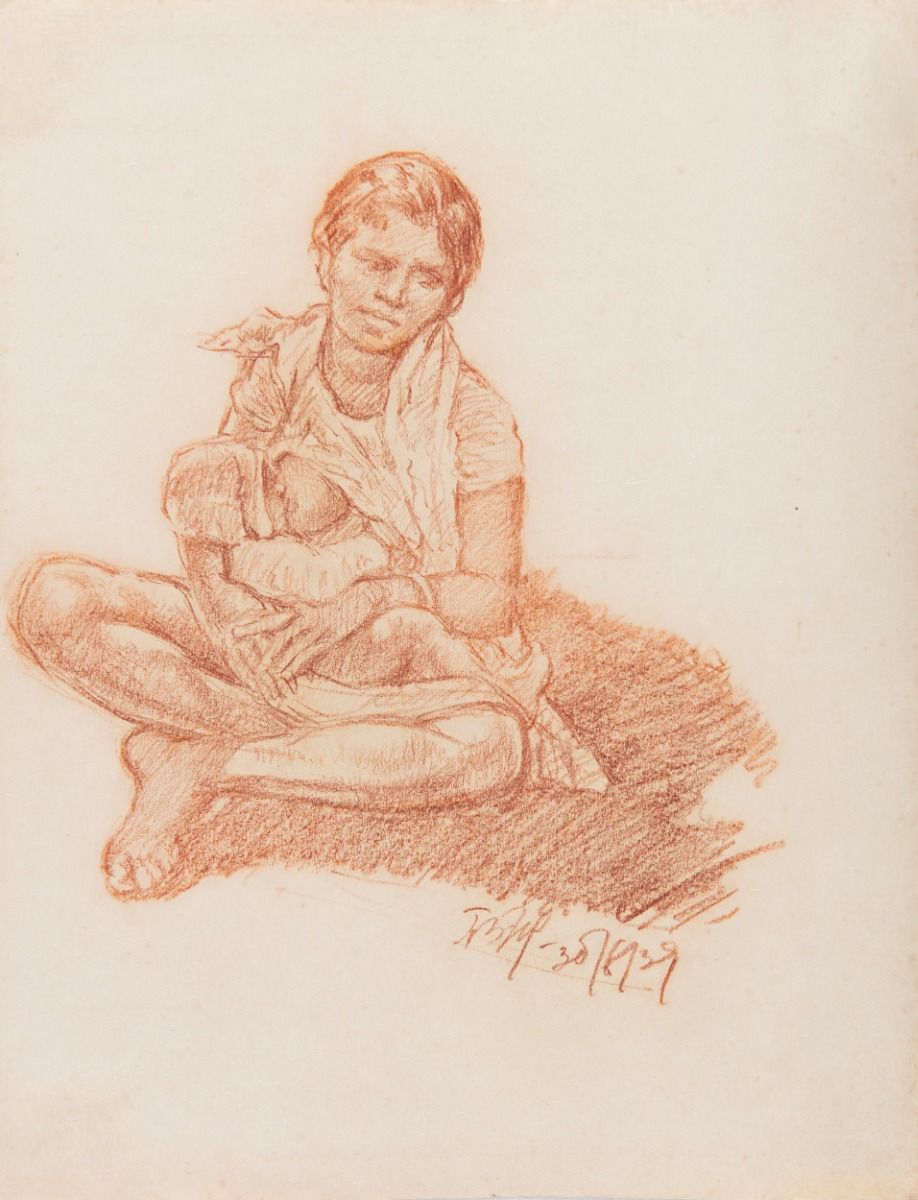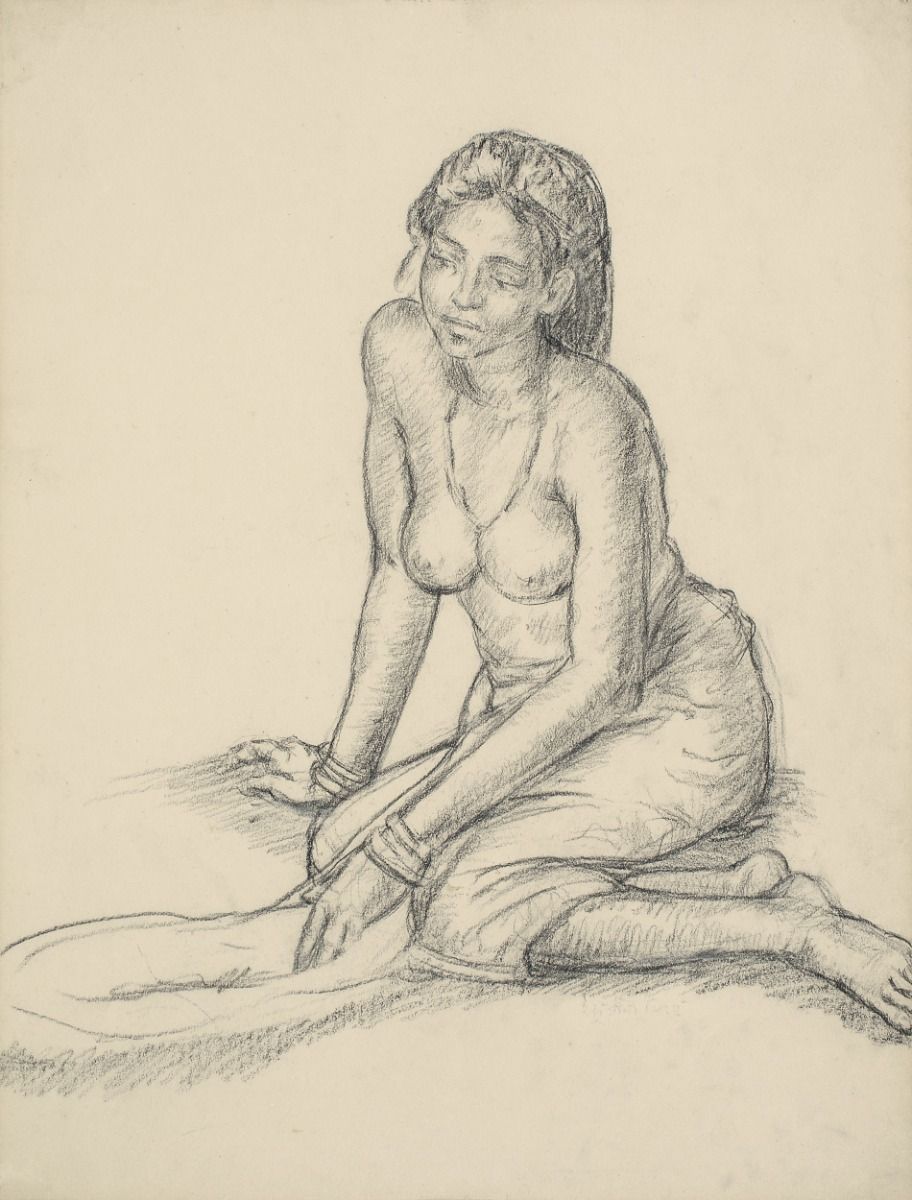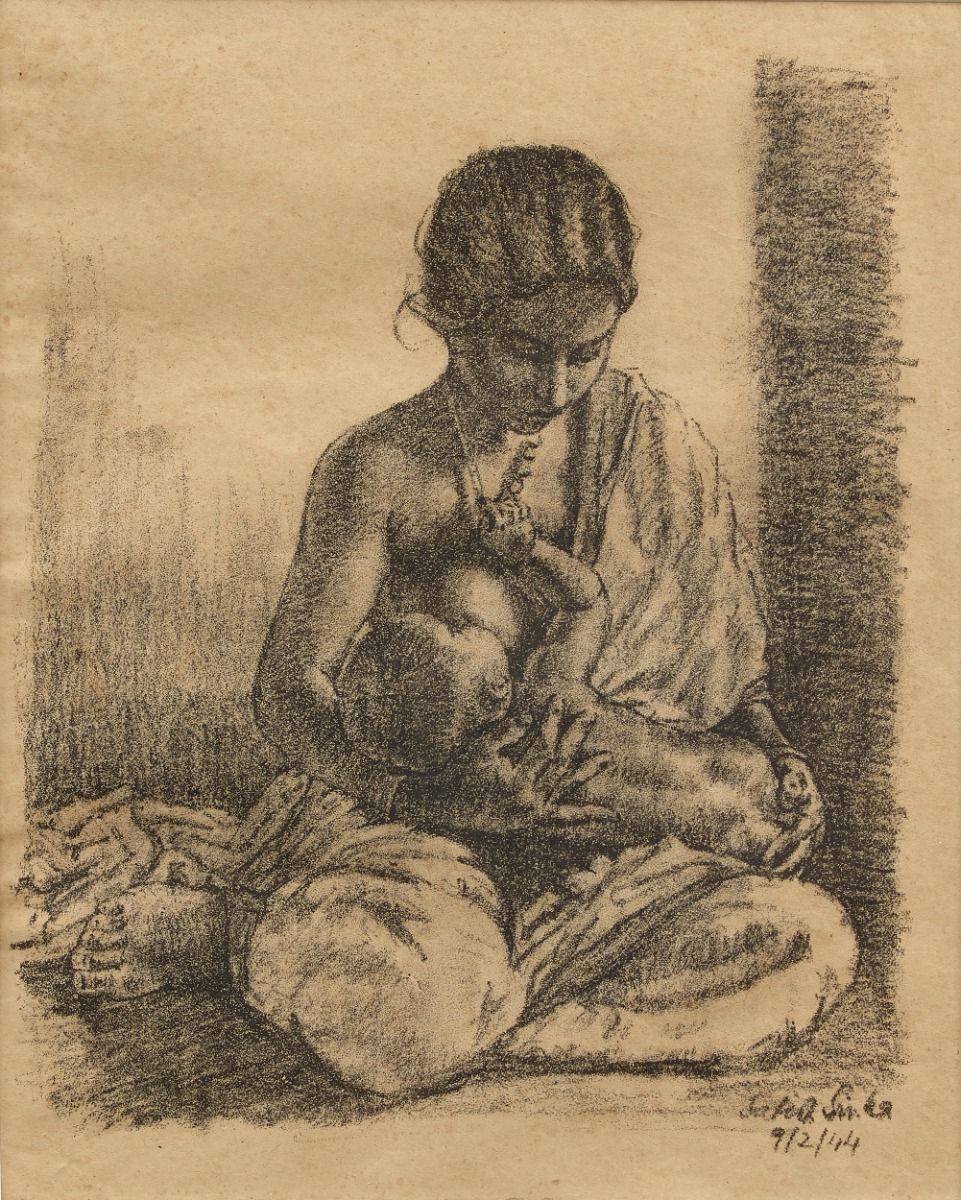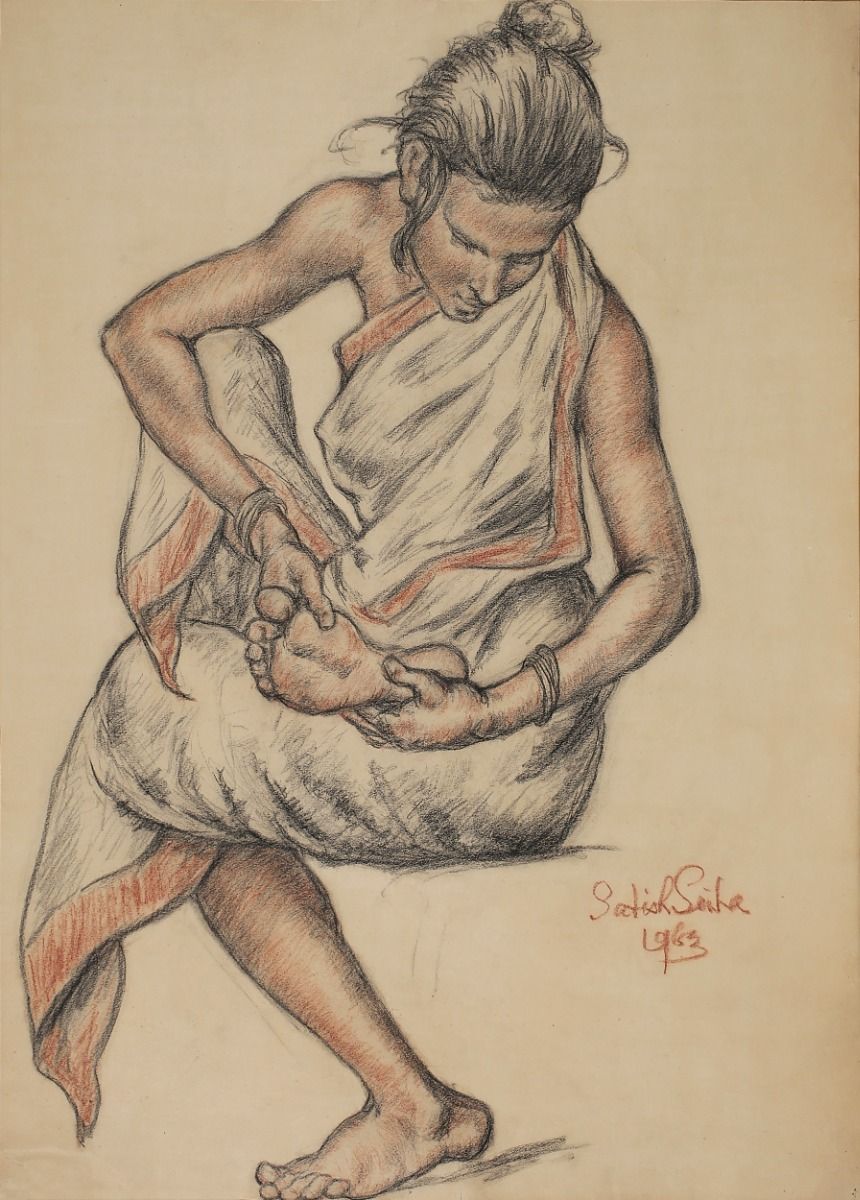A Refugee Camp in South Calcutta
A Refugee Camp in South Calcutta
A Refugee Camp in South Calcutta
|
Satish Sinha A Refugee Camp in South Calcutta year 1946 size 10.0 x 14.7 in. / 25.4 x 37.3 cm. medium Watercolour and ink on paper pasted on cardboard published references |
| Art Artist Names Single | Satish Sinha |
|---|



